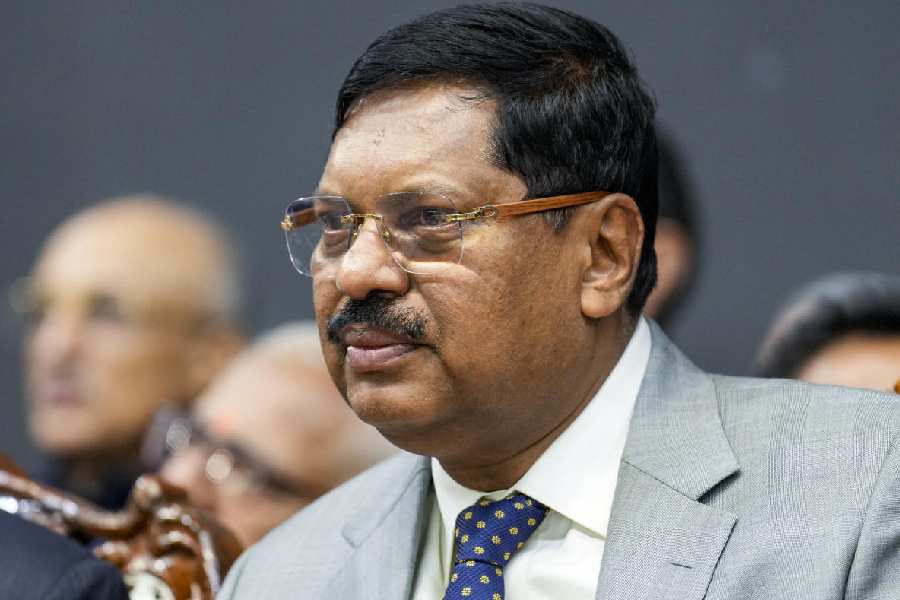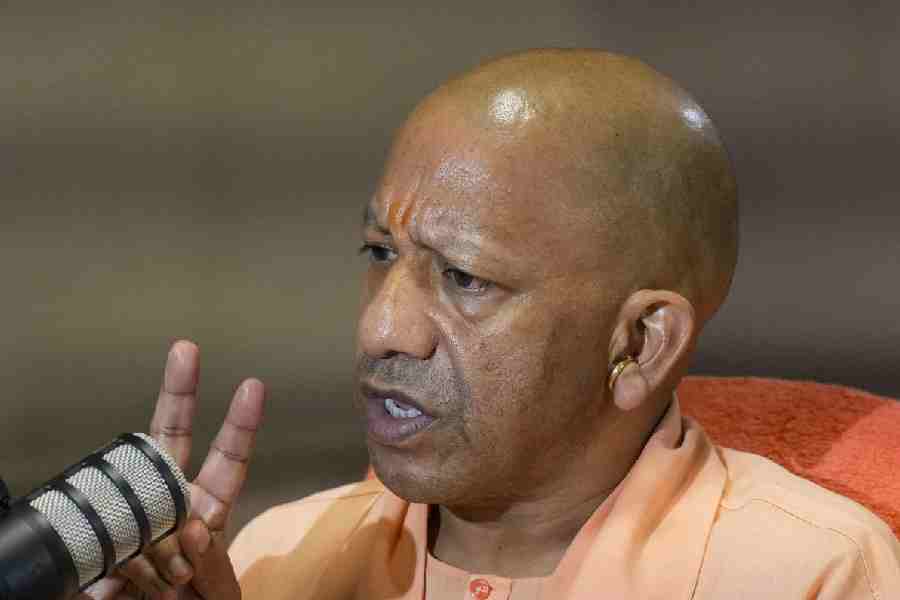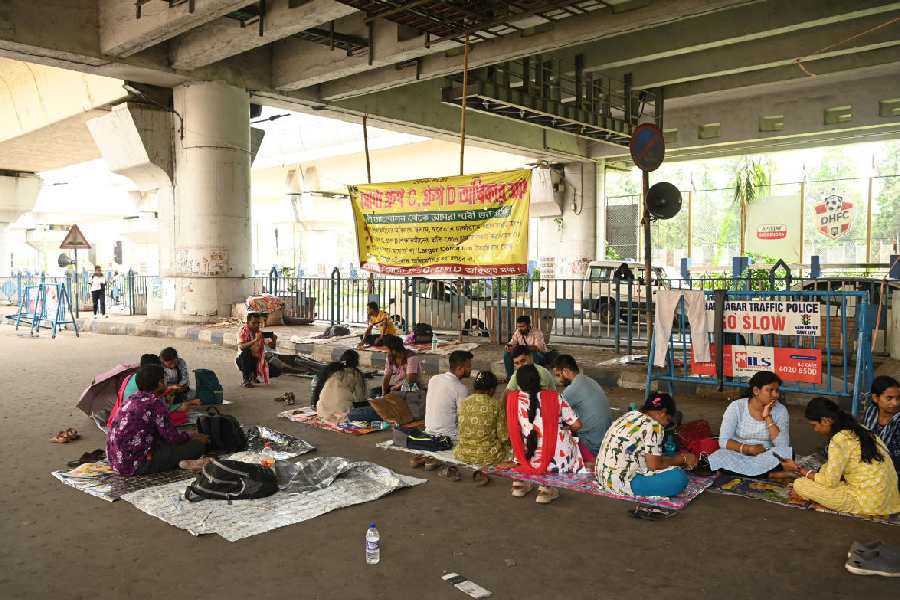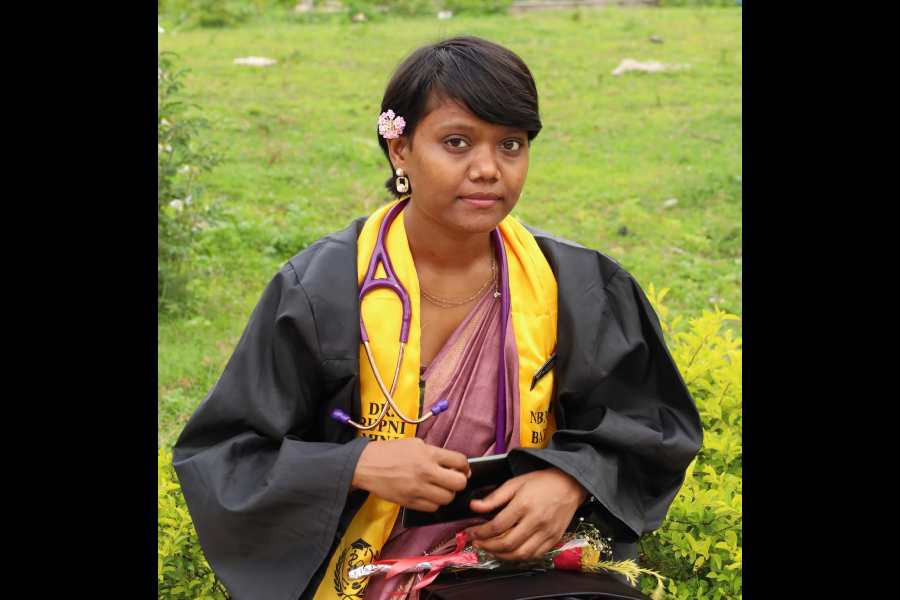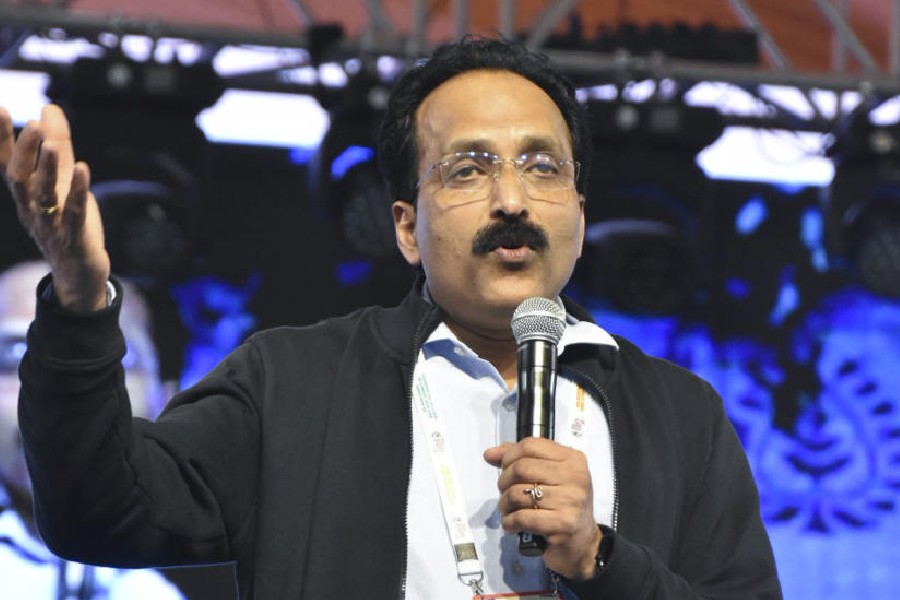Women in Bihar are hardly included in the workforce — be it in villages or town.
According to the national average, 26.1 per cent women are included in the work force in rural areas. But in Bihar, only 6.5 per cent workforce comprises women. The picture is grimmer in urban areas. While national average of the female workforce is 13.8, only 4.7 per cent of the workforce are women in the state.
The figures, found out by National Sample Survey, 2009-10, and an Institute for Human Development (IHD) survey in 2011, were highlighted during the first-ever meet of the special task force for the state commission on women workers in the unorganised sector. The meet was organised in Patna on Friday.
The labour department constituted the special task force around two months back. It comprises senior members of Self-Employed Women Association (Sewa), a labour union of poor, self-employed women workers in the informal economy, several non-government organisations and senior government officers.
“Women from the upper castes have the lowest labour force participation rate at 28.8 per cent, and the women from the scheduled castes have the highest — 84.6 per cent. Overall, 71.5 per cent of the women report domestic work as their primary activity. At the same time, women’s employment is concentrated in the agricultural sector. There are only two occupations — animal husbandry and modern health services — that employ more women than men,” said an IHD representative at the meet.
According to the data shared at the meeting, there are about 1.60 crore women in the unorganised sector in the state.
The study also pointed out at the poor state of women’s health in Bihar. According to National Family Health Survey (NFHS), malnourishment in women has increased from 39 per cent in NFHS 2 to 43 per cent in NFHS 3.
In Bihar, two-thirds of the women are anaemic. Life expectancy for women in the state is just about 60 years — four less than the all-India average and 16 less than that of Kerala. Also, Bihar is the only state in the country where life expectancy of females is significantly lower than their male counterparts.
The survey also raised concerns about the safety of women in the state. Female foeticide, domestic violence and dowry deaths are very common in Bihar and gender inequality is at its worst, claims sources.
Labour minister Janardan Singh Sigriwal, however, was quick to add that the government was keen to uplift and empower the women in the state and curb the social malpractices that have acted as hurdles in the overall progress of women.
Reiterating its earlier advice, Sewa chairperson Renana Jhabwala demanded that the state set up a commission for women workers in the unorganised sector. “While setting up a commission may take time, we propose to start a fact-finding study to look into different sectors such as employment generation, statistics, skill and education and health conditions of working women in the state. We plan to complete the report in 12 months,” said Jhabwala.
During the meet, several health issues that plague women — both working and non-working — were also discussed. In his presentation, Sanjay Kumar, the executive director of the state health society, said Bihar is committed to work holistically towards the strengthening primary health care facilities.


